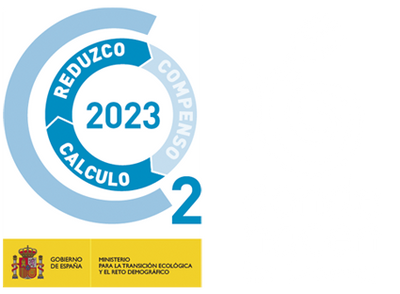The History of Wine: A Journey Through Time
Wine is more than just a drink; it is a cultural manifestation that has accompanied humanity for thousands of years. From ancient civilizations to modern wineries, wine has played a crucial role in ceremonies, rituals and celebrations. In this blog, we will explore the fascinating history of wine, its origins, its evolution and its impact on various cultures throughout time.
The First Traces of Wine
The history of wine dates back to around 6000 BC in the region we now know as Georgia. Archaeologists have found remains of amphorae containing traces of wine at Neolithic sites. This discovery suggests that our ancestors began cultivating vines and fermenting grapes more than 8,000 years ago.
Wine in Ancient Egypt
Wine had a special significance in ancient Egypt, where it was used in both religious ceremonies and festive celebrations. The Egyptians were experts in viticulture and produced wines of various varieties. Images in tombs and temples show scenes of grape harvesting and winemaking, indicating its cultural and economic importance.
Greece and Rome: The Expansion of Wine
Greek culture was fundamental in the spread of wine throughout the Mediterranean. The Greeks considered wine to be a gift from the gods, especially from Dionysus, the god of wine and celebration. It is believed that it was the Greeks who introduced the vine to Italy.
The Romans later perfected the techniques of viticulture and oenology, expanding the cultivation of vines to all the provinces of their vast empire. The Romans were also pioneers in the construction of wineries and in the implementation of wine storage and transportation systems, which allowed for its commercialization on a large scale.

The Middle Ages: Monks and Vineyards
During the Middle Ages, Christian monasteries played a crucial role in preserving and developing viticulture. Monks not only cultivated vines and produced wine for the mass, but also improved winemaking and preservation techniques. In France, for example, Cistercian and Benedictine monks were responsible for identifying and cultivating some of the country's best wine regions.
The Renaissance and Modernization of Wine
The Renaissance brought with it a greater appreciation for the quality of wine. During this period, the characteristics of different wine regions began to be documented and production standards were established, which gave rise to the first appellation of origin wines.
In the 18th century, wine became a symbol of social status among European elites. The invention of the glass bottle and cork allowed for better preservation and aging of wine, which boosted its marketing and export.
The New World and the Globalization of Wine
European expansion brought viticulture to new lands. In the 16th century, the Spanish brought grapevines to Latin America, while missionaries introduced grape cultivation to California. In the 19th century, European immigrants planted vineyards in Australia, New Zealand and South Africa, further diversifying global wine production.

Wine in the Modern Age
Today, wine is a multi-billion dollar global industry. Countries such as France, Italy and Spain remain leaders in production and export, but New World regions such as California, Chile and Australia have gained recognition for their high-quality wines.
Innovation in farming and winemaking techniques, along with a greater appreciation for biodiversity and sustainability, are shaping the future of wine. Wine tourism has also grown, allowing wine lovers to explore vineyards and wineries around the world.
Conclusion
The history of wine is a fascinating journey spanning millennia and diverse cultures. From its humble beginnings in the Caucasus to its prominent place on the global table, wine remains a beverage that celebrates human creativity, the land and tradition. By raising a glass, we are not only enjoying a fine wine, but also honouring a legacy that has endured throughout history.


